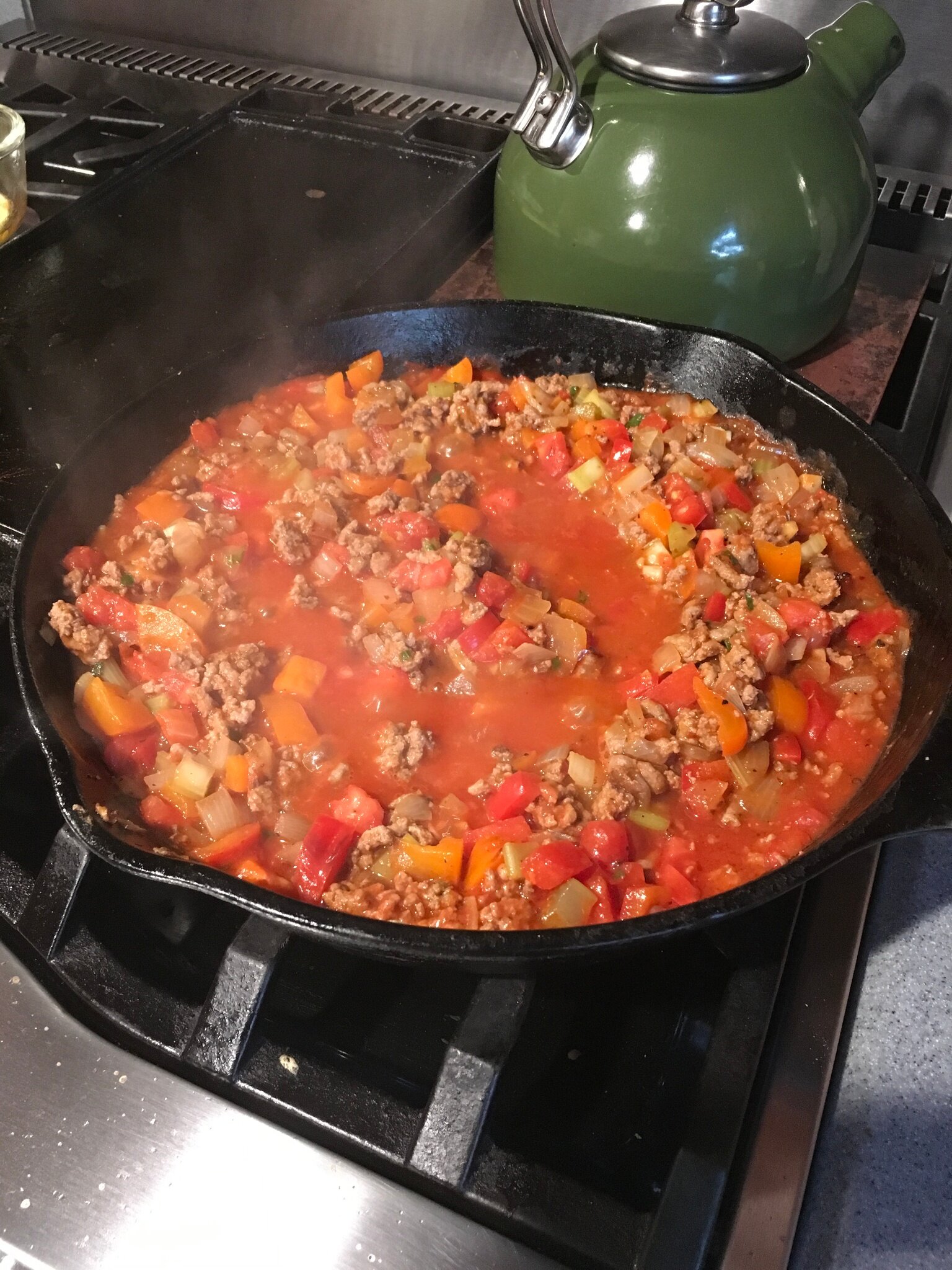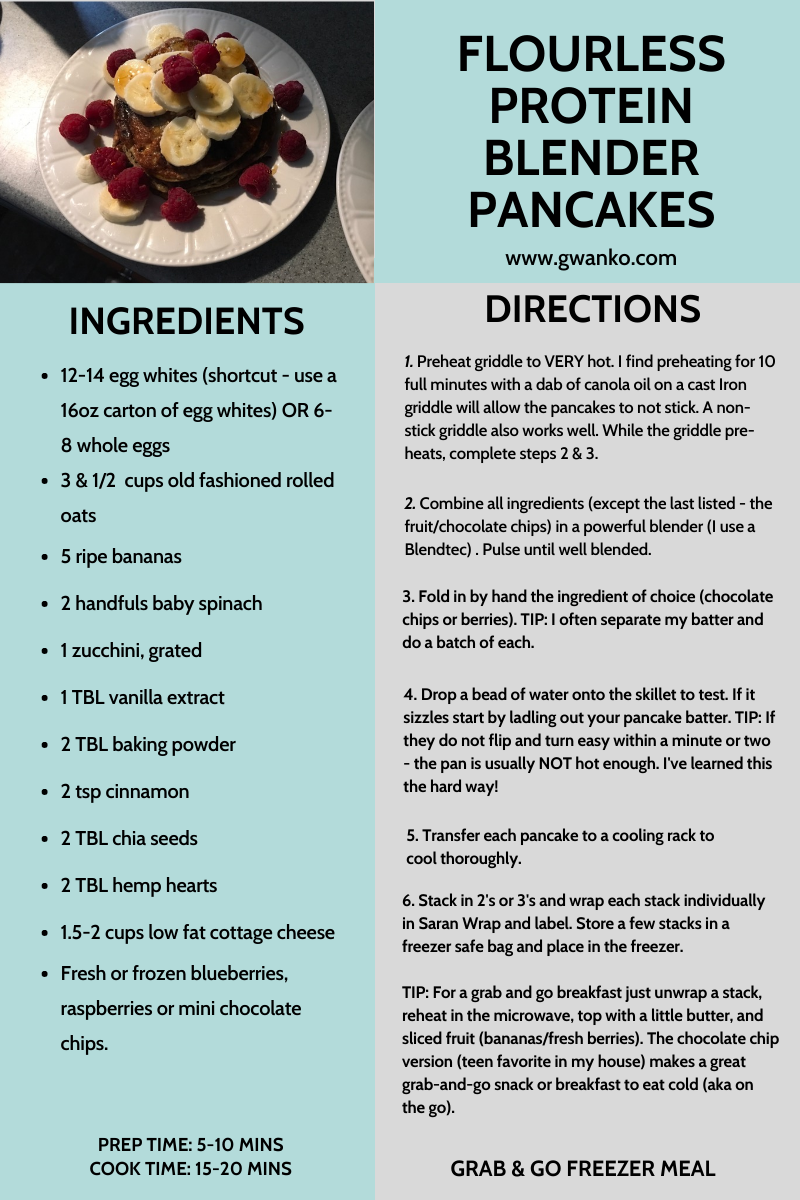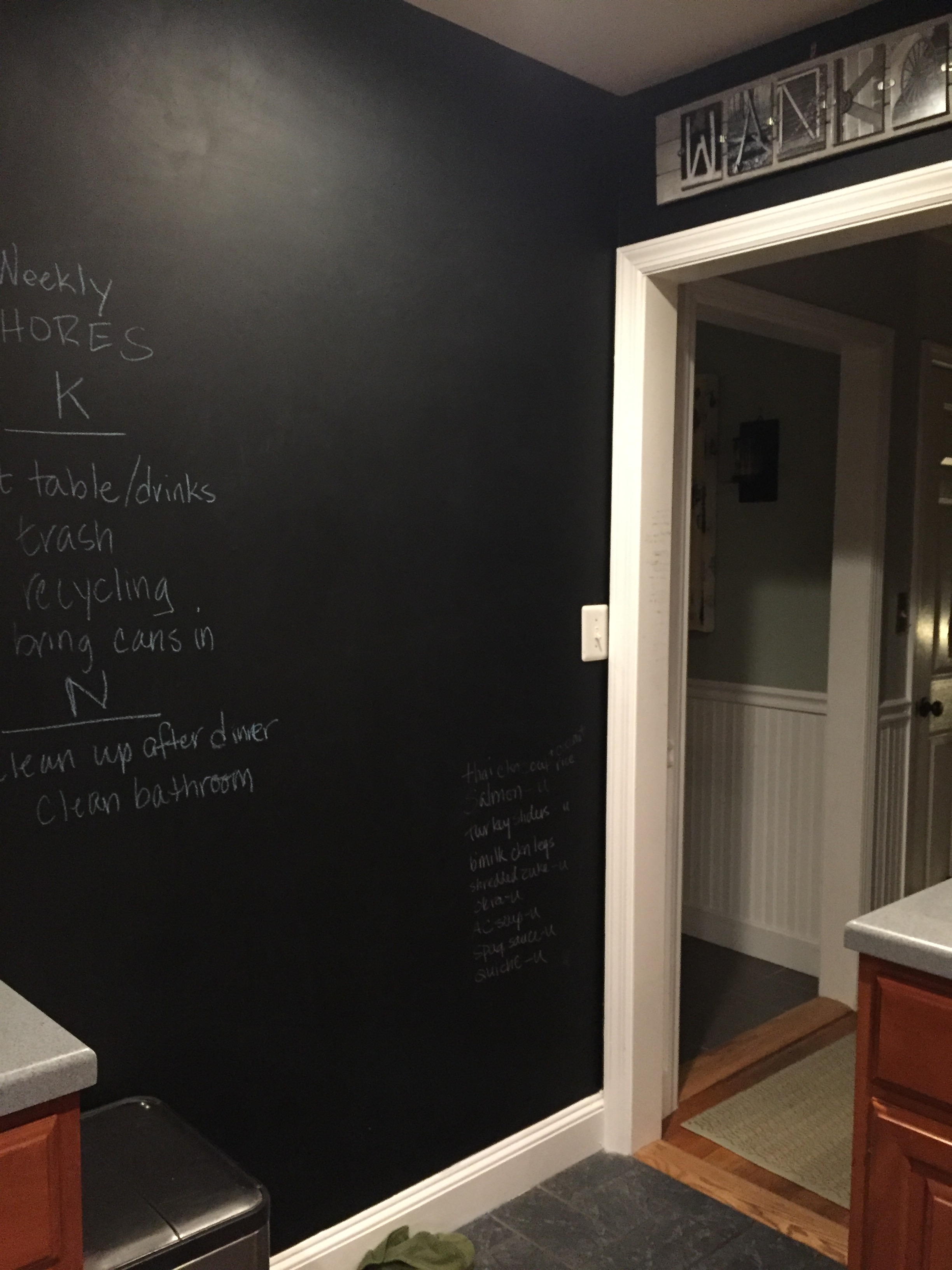You may have heard of “inflammation” and how good or bad it is. In reality, there are two types of inflammation, a “good” kind and a “bad” kind.
What makes inflammation good or bad for your body is how long it stays around for. You see, inflammation is your body’s way of protecting and healing itself. This is a good thing! However, when it hangs around for weeks, months, or even years, this is where it becomes a problem. This type of inflammation (referred to as chronic inflammation) is linked with a number of diseases, including heart disease, cancer, depression, arthritis, ulcerative colitis, Chron's and many other inflammatory diseases. And honestly - when we are dealing with chronic inflammation it can also make us pretty grumpy and downright miserable. As ominous as this sounds - the great news is that by using dietary and lifestyle habits to target chronic inflammation, you can make great strides in tamping down current inflammation and/or reducing your risk of developing it. Below I'll go into more detail because this is not only possible, but very doable.
Sometimes making small, healthy habit changes can make a big difference.
Research shows that there are foods, diets, and other lifestyle factors that are linked with lower levels of inflammation and lower risks for a ton of diseases. I’m here to share those with you so you can start implementing these.
Before we talk about the power that certain dietary and lifestyle habits can have on inflammation, let’s sort out the two different types of inflammation. Types of inflammation (acute vs. chronic):
Acute inflammation is short-lived. It’s like a flaming fire that produces the painful, red, hot, swollen symptoms (ie - when a cut is healing or with tonsillitis). When inflammation is acute it’s usually at high levels in a small localized area in response to an infection or some kind of damage to the body. It’s necessary for proper healing and injury repair. When your cells detect an infection or damage they send out warning signals to call over your immune system to help out. Your immune system sends over many types of white blood cells to help fight off invading germs (bacteria/viruses/pathogens) and clean up damage so you can heal.
Symptoms of acute inflammation may need short-term treatment such as pain relievers, antibiotic ointments or cold compresses. More serious symptoms like fever, severe pain, or shortness of breath may need medical attention. In general, acute inflammation goes away after the damage is healed, often within days and sometimes even hours. Acute inflammation is the “good” kind of inflammation because it does an essential job and then quiets itself down.
Chronic inflammation is different. It’s more of the slow-burning and smoldering type of fire. This type of inflammation can exist throughout your whole body at lower levels. This means that the symptoms aren’t localized to one particular area that needs it. Instead, they can appear gradually, and can last much longer—months or even years. This is the “bad” kind of inflammation; the kind of inflammation we want to control as much as possible to reduce risk of intensifying current disease or developing further disease.
Chronic inflammation is often invisible and sometimes it's without immediate or serious symptoms, but over the long-term it’s been linked to many chronic diseases such as:
● Acne, eczema, and psoriasis
● Allergies and asthma
● Autoimmune diseases (arthritis, type 1 diabetes, multiple sclerosis, lupus)
● Cancer
● Chronic pain
● Gastrointestinal disorders (Crohn’s disease, ulcerative colitis)
● Heart disease and stroke
● Lung diseases (COPD)
● Mental illnesses (anxiety, depression)
● Metabolic diseases (type 2 diabetes)
● Neurodegenerative diseases (Alzheimer’s, Parkinson’s)
Chronic low-grade inflammation can also occur with exposure to chemicals (e.g., tobacco) or radiation, consuming an unhealthy diet or too much alcohol, not being very physically active, feeling stressed or socially isolated, and having excess weight. Personally I witnessed this with both of my parents. My Dad smoked for 30+ years and my Mom for 50+. Both ended up with chronic
Now that we see that inflammation underlies so many of our medical conditions, here are a few suggestions to explore to reduce those slow-burning, smoldering fires.Studies show that reducing inflammation can reduce the risk of several of these conditions, including heart disease and cancer. There are medications used to help lower inflammation to treat some of these diseases such as corticosteroids, immunosuppressants, and biologics. However, there are also several lifestyle changes—including a healthy diet—that can be very helpful to prevent and scale down inflammation to reduce its many damaging effects on the body.
“For chronic low-grade inflammation not caused by a defined illness, lifestyle changes are the mainstay of both prevention and treatment,” says Harvard Health. The good news is that anti-inflammatory foods help you stay healthy and reduce your risk of many diseases. In fact, it’s estimated that 60 percent of chronic diseases could be prevented with a healthy diet. Here’s how.
Action Steps to Support Anti-Inflammatory Nutritional Choices:
● Increase your intake of fruits and vegetables, whole grains (brown rice, oats, bran), nuts (almonds), seeds, fish, poultry, legumes (beans, lentils), and healthy oils (olive oil);
● Pay particular attention to foods high in antioxidant polyphenols, including colorful plants such as berries, cherries, plums, red grapes, avocados, onions, carrots, beets, turmeric, green tea, and dark green leafy vegetables like spinach and kale;
● Omega-3 fats can help to reduce pain and clear up inflammation and are found in salmon, trout, mackerel, soy, walnuts, and flax;
● High fiber foods (whole grains, vegetables, fruits, legumes) encourage friendly gut microbes to help reduce inflammation;
● Avoid charring foods when cooking at high temperatures,
● Limit inflammatory foods such as:
red and processed meats (lunch meats, hot dogs),
fried foods, including french fries,
unhealthy fats (shortening, lard, trans fats),
sugary foods and drinks (sodas, candy, sports drinks),
refined carbohydrates (white bread, cookies, pies, processed snacks, cereals),
ultra-processed foods (microwaveable dinners, dehydrated soups, Cheetos/Doritos, etc)
alcohol
Be physically active:
● Regular exercise reduces inflammation over the long-term, so try to get at least 150 minutes per week, about 20-30 minutes per day and
● To this add two or more strength training sessions (using weights or resistance bands) each week.
Get enough restful sleep:
● Disrupted sleep has recently been linked to increased inflammation and atherosclerosis (the buildup of plaque in the vessels that’s linked with heart disease), so aim for 7-9 hours of restful sleep every night to help the body heal and repair,
● Tips for better sleep: try to maintain a regular sleep-wake schedule every day, get exposure to natural daylight earlier in the day, avoid caffeine later in the day, cut out screens an hour before bedtime, and create a relaxing nighttime routine.
Quit smoking and limit alcohol:
● Quitting smoking can help reduce inflammation and several other health concerns by reducing exposure to toxins that are directly linked to inflammation,
● Limit your alcohol intake to no more than one or two drinks per day. Less is more here.
Manage your stress:
● Engage in relaxing stress-reducing activities such as mindfulness-based stress reduction, deep breathing, meditation, yoga, or tai chi.
Be social:
● New research suggests that feeling socially isolated is linked with higher levels of inflammation, so reach out to family and friends (or make new ones).
See your doctor or dentist:
● Get your cholesterol and blood lipids tested because high amounts of “bad” LDL cholesterol is linked to inflammation and negatively affects your vessels,
● You can request a blood test to measure levels of CRP (C-reactive protein) which is a marker of inflammation (this test is also used to check your risk of developing heart disease), and
● Floss regularly; if your gums bleed when you brush or floss, this may be a sign of gum inflammation (gingivitis), so ramp up your oral hygiene and see your dentist.
Chronic, long-term, low-level inflammation is linked with many health issues. The first approach to preventing and improving this is through food and lifestyle changes. Start by focusing on adding colorful fruits and vegetables, poultry and fish, as well as complex whole grains to your diet. Then layer in lifestyle upgrades like physical activity, restful sleep, and stress management.
These changes can be integrated into your day-to-day practices. First try adding one additional fruit or vegetable to your day. Then, several times a day at each snack or meal. If you'd like a visual reminder you can click below to download FOODS THAT FIGHT INFLAMMATION.
References
Harvard Health. (2018, November 7). Foods that fight inflammation. Retrieved from
https://www.health.harvard.edu/staying-healthy/foods-that-fight-inflammation
Harvard Magazine. (2019 May-June). Could inflammation be the cause of myriad chronic conditions? Retrieved from https://harvardmagazine.com/2019/05/inflammation-disease-diet
Harvard Health. (2020, April). Understanding acute and chronic inflammation. Retrieved from
https://www.health.harvard.edu/staying-healthy/understanding-acute-and-chronic-inflammation
Harvard Health. (2020, May). Quick-start guide to an anti-inflammation diet. Retrieved from
https://www.health.harvard.edu/staying-healthy/quick-start-guide-to-an-antiinflammation-diet
Harvard Health. (2020, June). All about inflammation. Retrieved from
https://www.health.harvard.edu/staying-healthy/all-about-inflammation
Mayo Clinic. (2017, November 21). C-reactive protein test. Retrieved from https://www.mayoclinic.org/tests-procedures/c-reactive-protein-test/about/pac-20385228
Mayo Clinic. (2018, May 25). Home remedies: How a healthy diet can help manage pain. Retrieved from https://newsnetwork.mayoclinic.org/discussion/home-remedies-how-a-healthy-diet-can-help-manage-pain/
Mayo Clinic. (2019, August 13). How to use food to help your body fight inflammation. Retrieved from https://www.mayoclinic.org/healthy-lifestyle/nutrition-and-healthy-eating/in-depth/how-to-use-food-to-help-your-body-fight-inflammation/art-20457586
Medscape. (n.d.). Inflammation, Cardiovascular Disease, and Cancer. Retrieved from https://www.medscape.com/viewarticle/923743
National Institute of Environmental Health Sciences. (2020, April 4). Inflammation. Retrieved from https://www.niehs.nih.gov/health/topics/conditions/inflammation/index.cfm
Neuroscience News. (2020, March 5). Social isolation could cause physical inflammation. Retrieved from https://neurosciencenews.com/social-isolation-inflammation-15864/
University of California Berkeley News. (2020, June 4). Fitful nightly sleep linked to chronic inflammation, hardened arteries. Retrieved from https://news.berkeley.edu/2020/06/04/fitful-nightly-sleep-linked-to-chronic-inflammation-hardened-arteries/
University of Wisconsin-Madison School of Medicine and Public Health. (2018). The anti-inflammatory lifestyle. Retrieved from https://www.fammed.wisc.edu/files/webfm-uploads/documents/outreach/im/handout_ai_diet_patient.pdf
































